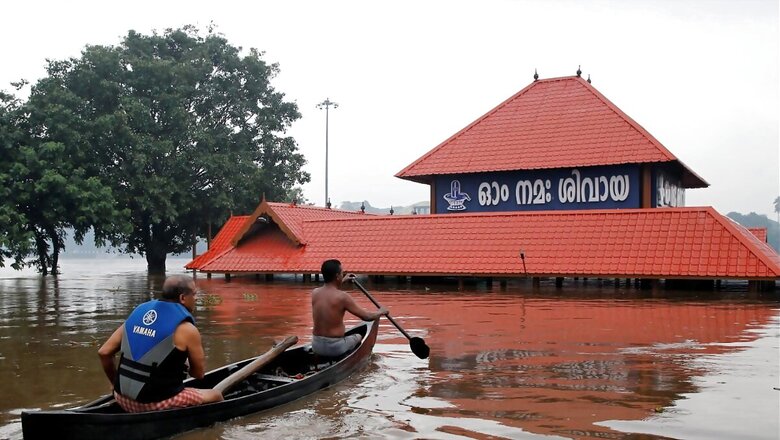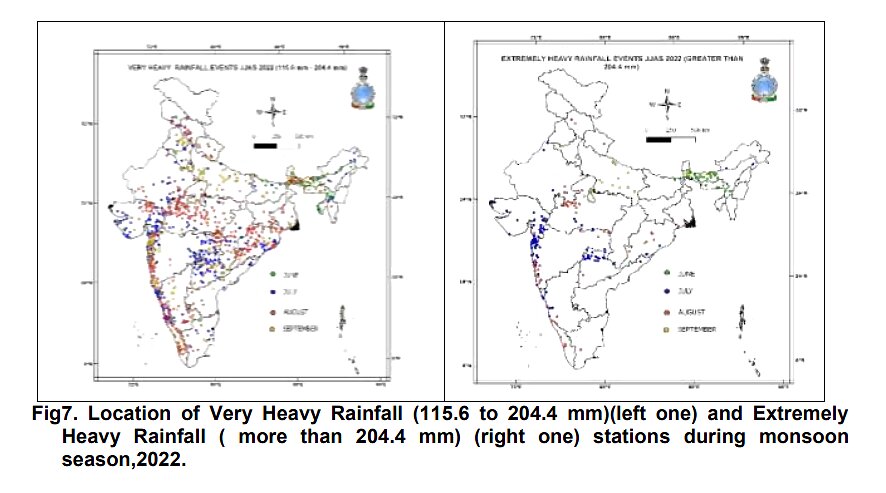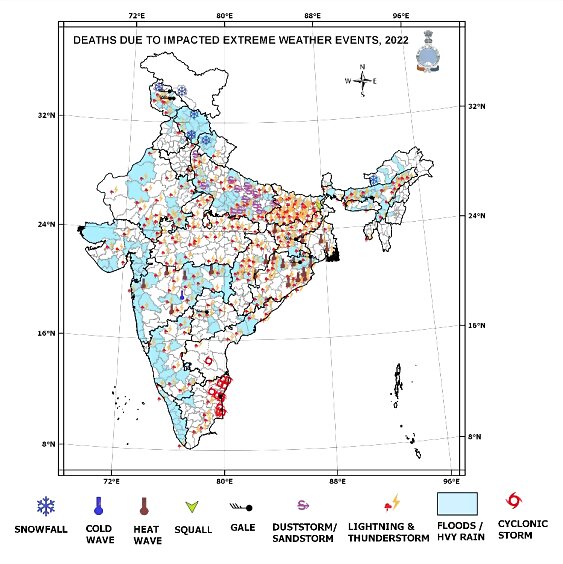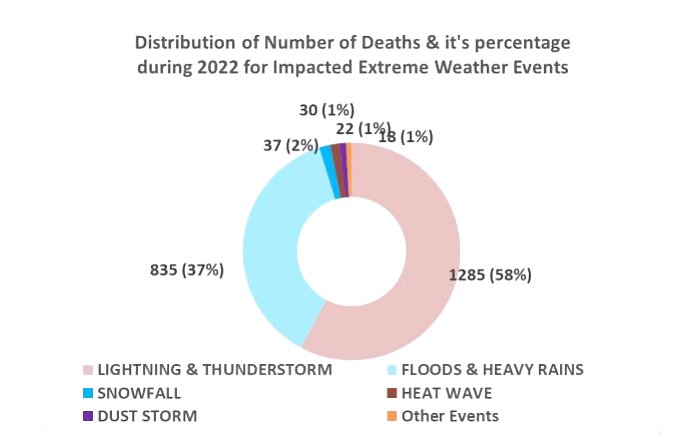
views
If all goes as planned, India will soon get a dynamic impact-based forecast for heavy rainfall events across all districts. The India Meteorological Department (IMD) is now gearing up to launch its new service this monsoon season starting June.
For the first time, the weather department has integrated the latest vulnerability assessment of people and region into its forecast to ascertain the actual risks they face during a weather hazard. This will not just alert people of heavy rainfall events, but its potential impact in their local areas.
This is crucial especially when the unpredictable monsoon rains have been taking a huge toll on people every year. At least 835 people died due to floods and heavy rainfall events in India last year, apart from losses incurred by farmers and livestock. Assam faced severe floods and landslides in April, while Bangalore bore the brunt of severe urban floods resulting in traffic bottlenecks, power outages, flooded houses and inundated roads in September.

While IMD has been issuing impact-based forecasts, it’s mostly based on historical damages. However, this has changed with evolving resilience of people, socio-economic indicators and land-use, warranting the need for a dynamic system to calculate risk people might face. “We need some kind of dynamic impact-based forecast that takes the real-time GIS data, vulnerability, socio-economic conditions into consideration. So, if there is a heavy rainfall event, people should know exactly which areas will be flooded and how much,” says IMD Director-General M Mohapatra.
HOW WILL IT WORK?
IMD has superimposed the hazard modelling with real-time GIS data and vulnerability assessment for the entire country. So, a forecast of a heavy rainfall event will be accompanied by information on which areas are likely to get flooded, and how much, and what will be the impact on public infrastructure — railways, bridges, hospitals as well as power lines.
The new system will take into account – hazard, vulnerability and threshold values, which actually determine when a heavy rainfall event may turn disastrous. These values differ from one region to another. For instance, 7 cm rain may not be disastrous for Cherrapunji, but it could wreak havoc in Jaipur.

“We are preparing a hazard and impact metric for each city and each district. The process is underway, but most of the work is done. We may introduce an impact based forecast for heavy rainfall in the coming season,” the IMD chief told News18.
The information will be made available on the IMD website in the form of graphics. People will be able to select their blocks, villages, districts on the geographical map, and see how much rainfall is expected in the next five days, and which railway lines, power lines, roads will get impacted. The GIS data also includes information of major industries, hospitals, landslide, flood prone areas.
IMPROVE DISASTER PREPAREDNESS
The weather department has been working with state governments to complete the vulnerability assessment for each region. While the Indian Space Research Organisation (ISRO) and Geological Survey of India (GSI) have contributed the latest geo-spatial data and landslide mapping, the Central Water Commission (CWC) has provided information on flood prone areas.
The new system will also enable the local disaster management authorities to respond early in case of a weather hazard, says the senior scientist. “If the forecast does not immediately reach the last mile, its purpose is lost. So, we are digitising all our data. The plan is to ensure that once the forecast is issued and superimposed with geo-spatial data, then anybody, anywhere can see the situation in their area and prepare accordingly,” the IMD chief tells News18.

India receives nearly 70% of its annual rainfall during the four-month monsoon season starting June. Over the years, as impacts of climate change intensify, the season has seen a marked increase in heavy rainfall events, with floods upending lives across states. At least 835 people died due to floods and heavy rainfall events in India last year across states.
After heavy rainfall events, the IMD plans to launch a similar dynamic impact-based forecast for heatwaves and cold waves, in the coming season, followed by thunderstorms.




















Comments
0 comment